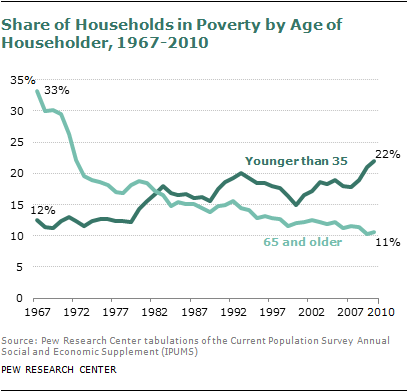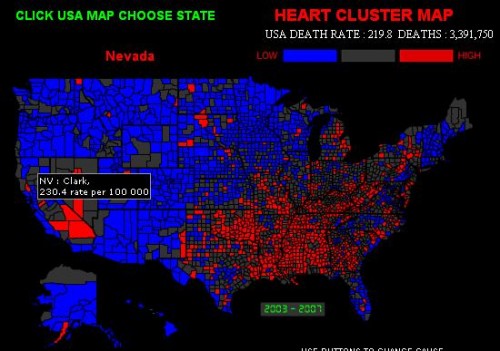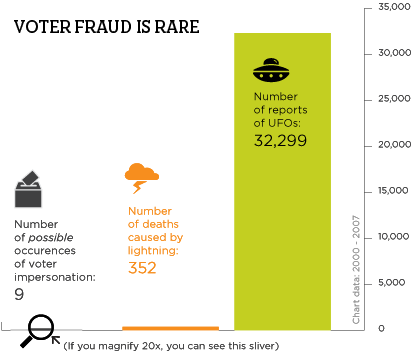Paula F. sent in a link to Babble.com’s list of the top 100 ‘mom blogs’ of 2011. Mom blogs have become wildly popular in recent years as a way to document and comment on the experience of motherhood, and this particular list illustrates some interesting things about social privilege. Paula was struck by the lack of racial diversity among the selected blogs and noted how women of color are vastly underrepresented. For example, only 7 of the blogs are written by African-American moms, and 4 of those refer to the mother’s race in the title (although the same is not true for any of the blogs written by white women).
A quick review of the blogs reveals some other interesting issues related to social privilege and motherhood. In addition to the lack of racial diversity, the blogs included in the list show very little variation in terms of class, sexuality, age, and marital status. (The blogs were chosen by a panel of “experts” that took into consideration nominations from Babble readers, so it’s unclear how representative they are of mom blogs in general.)
While there is the more obvious privilege of the “digital divide,” or the disparate access that people have to technology and the internet, there is also privilege in having the spare time to devote to intensive writing/blogging and the connections necessarily to draw sponsorship and advertising. Moreover, while some of the selected blogs do offer narratives that deviate from traditional ideas about mothering and motherhood (for example, several blogs discuss mental health issues, the struggles of parenting, and forming blended families), they nonetheless reproduce a narrow image of who mothers are, what they look like, and what they do.
————————
Christie Barcelos is a doctoral student, a mom, and a blogger, but not really a mom blogger.

























